British Virgin Islands travel tips
British Virgin Islands travel tips: Idyllic Caribbean archipelago with white-sand beaches, turquoise waters, coral reefs, and a relaxed atmosphere for sailing and exploring.
British Virgin Islands🌎
British Virgin Islands travel tips. Here is a list of all activities in British Virgin Islands.
Before you go 🛩
Important information you should know before your trip
Info
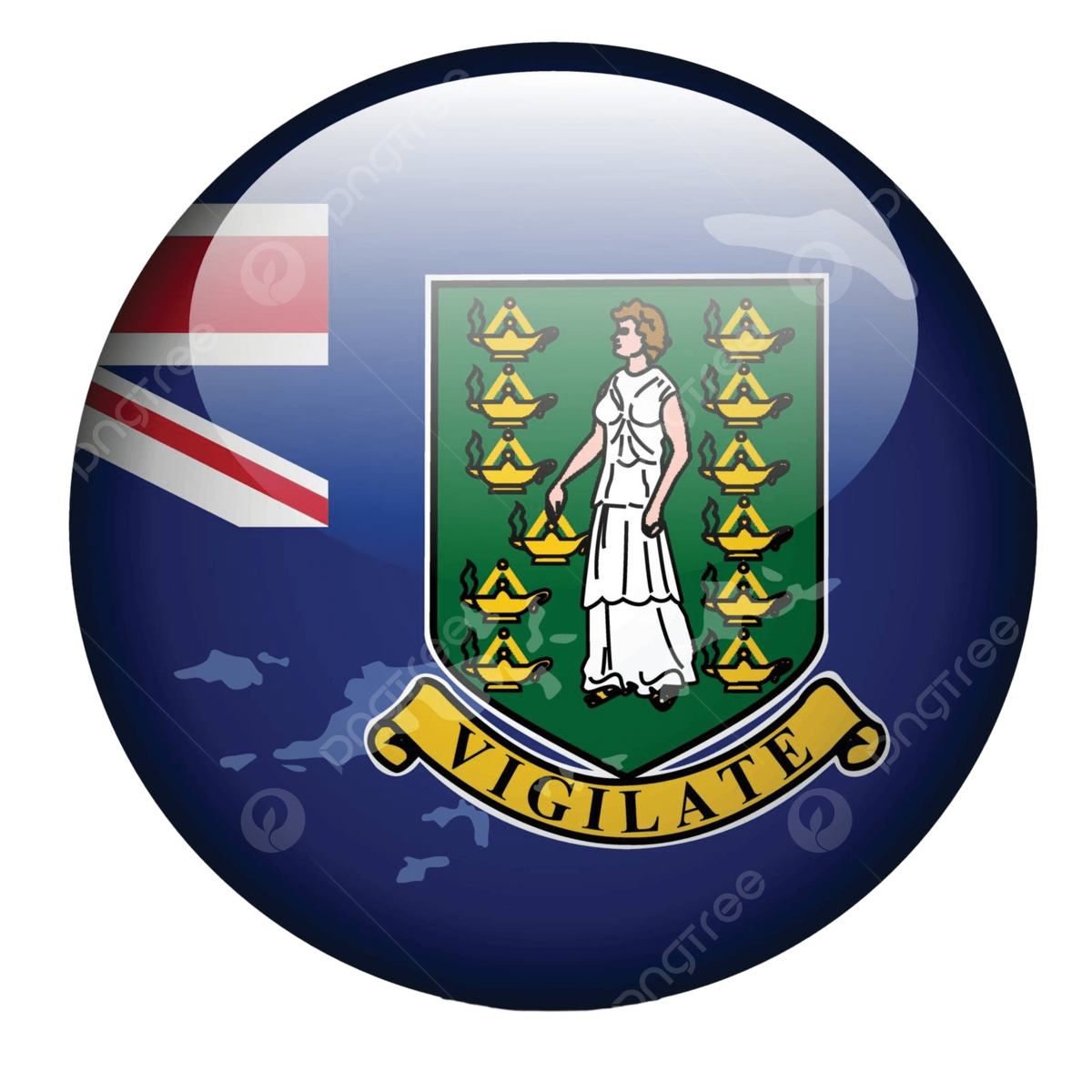
Capital | Road Town
Flag Codes
ISO alpha-2 VG, ISO alpha-3 VGB
Currency
Badge | Dollar
CODE | USD
NUMBER | 840
SYMBOL | $
FRACTION | Penny
Mobile Coverage
Dialing Code | +1-284
SIM Card
Coverage
3G / 4G / 5G
Mobile Networks |
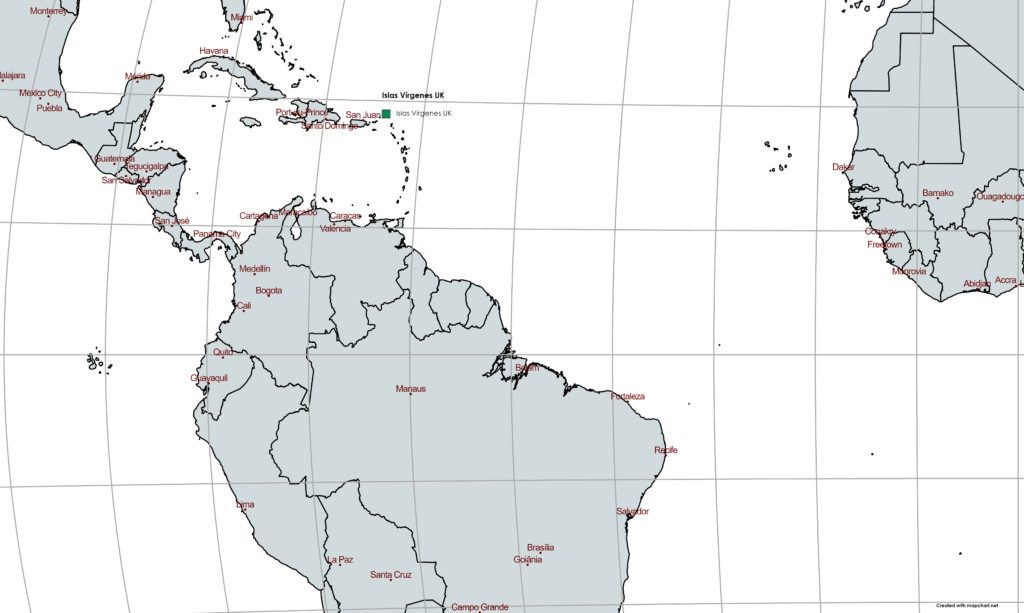
Location
British Virgin Islands (BVI) is a group of islands located in the Caribbean Sea. They are situated to the east of Puerto Rico and northwest of the U.S. Virgin Islands. The British Virgin Islands are part of the Lesser Antilles, which is a chain of islands in the eastern Caribbean.
BVI consists of more than 50 islands and cays, with the largest and most populated islands being Tortola, Virgin Gorda, Anegada, and Jost Van Dyke. These islands, along with several smaller ones, form the main part of the British Virgin Islands.
The British Virgin Islands are known for their pristine white-sand beaches, crystal-clear turquoise waters, and lush tropical landscapes. The islands attract visitors from around the world who come to enjoy sailing, diving, snorkeling, and exploring the natural beauty of the Caribbean.
The capital city of the British Virgin Islands is Road Town, which is located on the island of Tortola. Road Town serves as the administrative and commercial center of the BVI.
Currency
The official currency of the British Virgin Islands (BVI) is the United States Dollar (USD). The US Dollar is widely accepted throughout the islands, and most businesses, including hotels, restaurants, and shops, will quote and accept payment in US Dollars.
Languages
The official language of the British Virgin Islands (BVI) is English. English is widely spoken and understood throughout the islands, as it is the primary language used for communication, government affairs, education, and business interactions.
Climate 🌡
The British Virgin Islands (BVI) have a tropical climate, characterized by warm temperatures and high humidity throughout the year. The islands enjoy a pleasant and inviting climate that is typical of the Caribbean region. Here are some key features of the climate in the British Virgin Islands:
Temperatures:
The average temperatures in the BVI range from around 77°F (25°C) to 86°F (30°C) throughout the year. The hottest months are typically from July to October, with temperatures occasionally reaching the upper 80s°F (30s°C). The coolest months are from December to February, when temperatures can drop to the mid-70s°F (mid-20s°C) at night.
Rainfall:
The British Virgin Islands experience a rainy season from May to November, which coincides with the Atlantic hurricane season. During this period, rainfall is more frequent and can be heavy at times. The wettest months are usually September and October. The dry season, from December to April, is characterized by lower rainfall and a higher chance of sunny days.
Humidity:
The BVI has a relatively high humidity level due to its tropical location. Humidity is generally high throughout the year, ranging from 70% to 80%. The combination of warm temperatures and humidity can make the weather feel hotter than the actual temperature.
Trade Winds:
The British Virgin Islands benefit from consistent trade winds that help moderate the temperatures and provide a refreshing breeze. The trade winds, which blow from the northeast, provide comfortable conditions for outdoor activities and water sports.
Hurricane Season:
The BVI is located in the Atlantic hurricane belt, and the hurricane season officially runs from June to November. The peak of the hurricane season is typically from August to October. During this period, there is a higher chance of tropical storms and hurricanes affecting the region. It’s important to stay informed about weather conditions and follow any guidance or instructions from local authorities during hurricane season.
The dry season, from December to April, is generally considered the peak tourist season due to the more predictable weather and lower chance of rainfall. However, the British Virgin Islands can be enjoyed year-round, and each season has its own unique charm.
British Virgin Islands travel tips
If you’re planning a trip to British Virgin Islands, here are some travel tips to enhance your experience:
Cultural Sensitivity:
Respect local customs; greetings are important, and a friendly demeanor is appreciated.
Health:
No specific vaccinations required; medical facilities available.
Safety:
Low crime rate, but exercise normal precautions; secure belongings and be aware of surroundings.
Activities:
Embrace water activities, visit The Baths, and explore the diverse islands.
Transportation:
Explore by ferries, taxis, and rental cars; drive on the left side of the road. View Guide.
Electricity:
Standard voltage is 110V; bring necessary adapters
Island-Hopping:
Explore nearby islands like Tortola, Virgin Gorda, and Jost Van Dyke.
Enjoy the incredible beauty and diversity that British Virgin Islands has to offer!

The best of the best
The British Virgin Islands (BVI) offer a diverse and delicious culinary scene that combines Caribbean flavors with international influences.
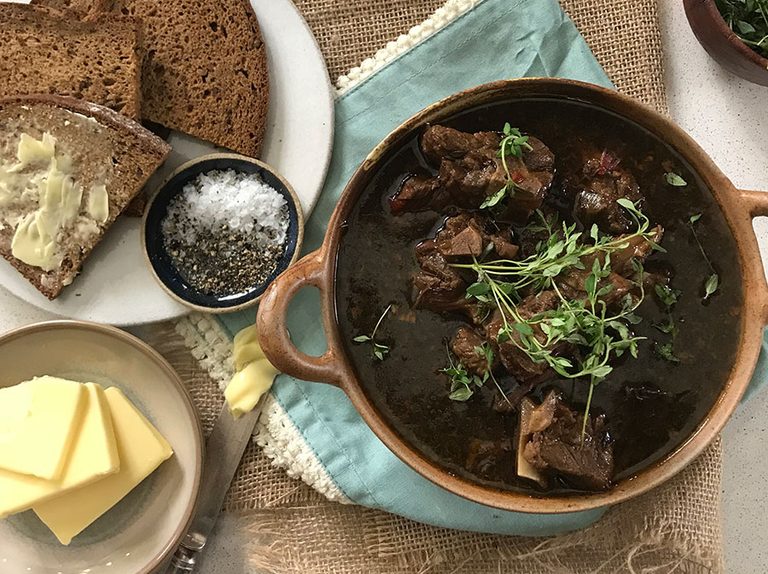
Goat Water
Goat Water is a hearty and flavorful stew made from goat meat, spices, and vegetables. This traditional dish is often cooked slowly, allowing the flavors to meld together, resulting in a rich and comforting stew. It is typically served with rice and peas or Johnny Cakes.
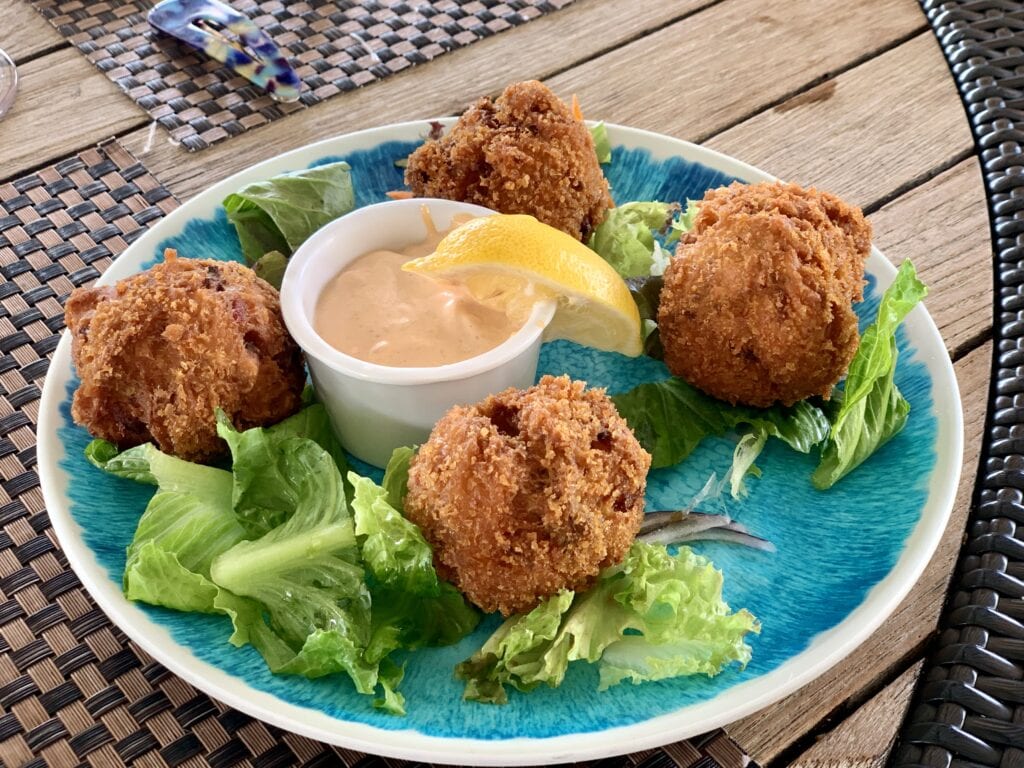
Conch
Conch is a popular seafood delicacy in the BVI. It is often served in various forms, such as conch fritters (deep-fried batter with diced conch), conch ceviche (marinated conch in citrus juices), or conch salad (a refreshing mix of conch, onions, peppers, and citrus dressing).
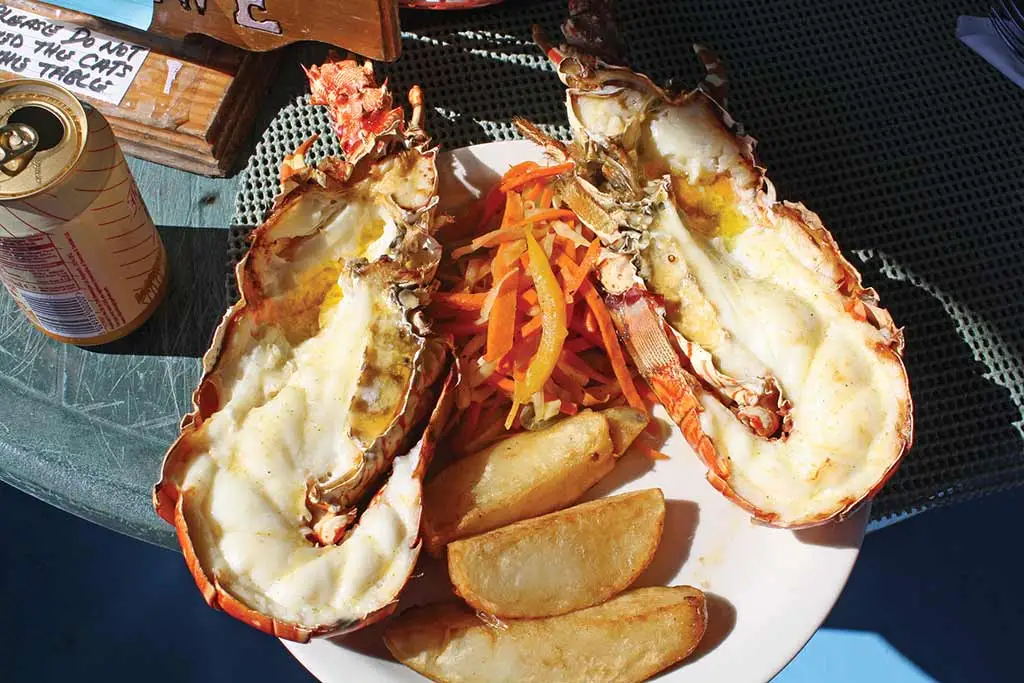
Fish and Seafood
Given the island’s location, fresh fish and seafood are abundant and play a prominent role in the local cuisine. Popular fish dishes include grilled or fried snapper, mahi-mahi, grouper, and lobster. Enjoy seafood platters, seafood pasta, or seafood stews prepared with locally caught ingredients.
Here are some typical foods and dishes you can enjoy when visiting the British Virgin Islands:
Roti: Roti is a traditional Caribbean dish that has made its way to the British Virgin Islands. It consists of a thin, unleavened flatbread filled with various savory fillings, such as curried chicken, beef, or vegetables. Roti is a flavorful and satisfying option often enjoyed for lunch or a quick snack.
Johnny Cakes: Johnny Cakes are a staple in BVI cuisine. These small, fried bread rolls are made from cornmeal or flour and are often served alongside breakfast dishes or enjoyed as a snack. Johnny Cakes can be enjoyed on their own or paired with saltfish (salted cod) for a traditional combination.
Pates: Pates are savory pastries filled with various fillings such as beef, chicken, seafood, or vegetables. They are often enjoyed as a quick snack or light meal and can be found in local bakeries and food stalls.
Rum: While not a food, rum plays a significant role in the BVI’s culinary culture. The islands are known for their rum production, and you can find a variety of locally produced rums. Enjoy a rum punch, a classic Caribbean cocktail, or sample different rum flavors and blends during your visit.
The local cuisine reflects the rich cultural heritage of the islands and combines fresh ingredients with Caribbean spices and influences.
Transportation 🚥
More information about this country
Choose your destination 📍🗺
Useful Links ✅















